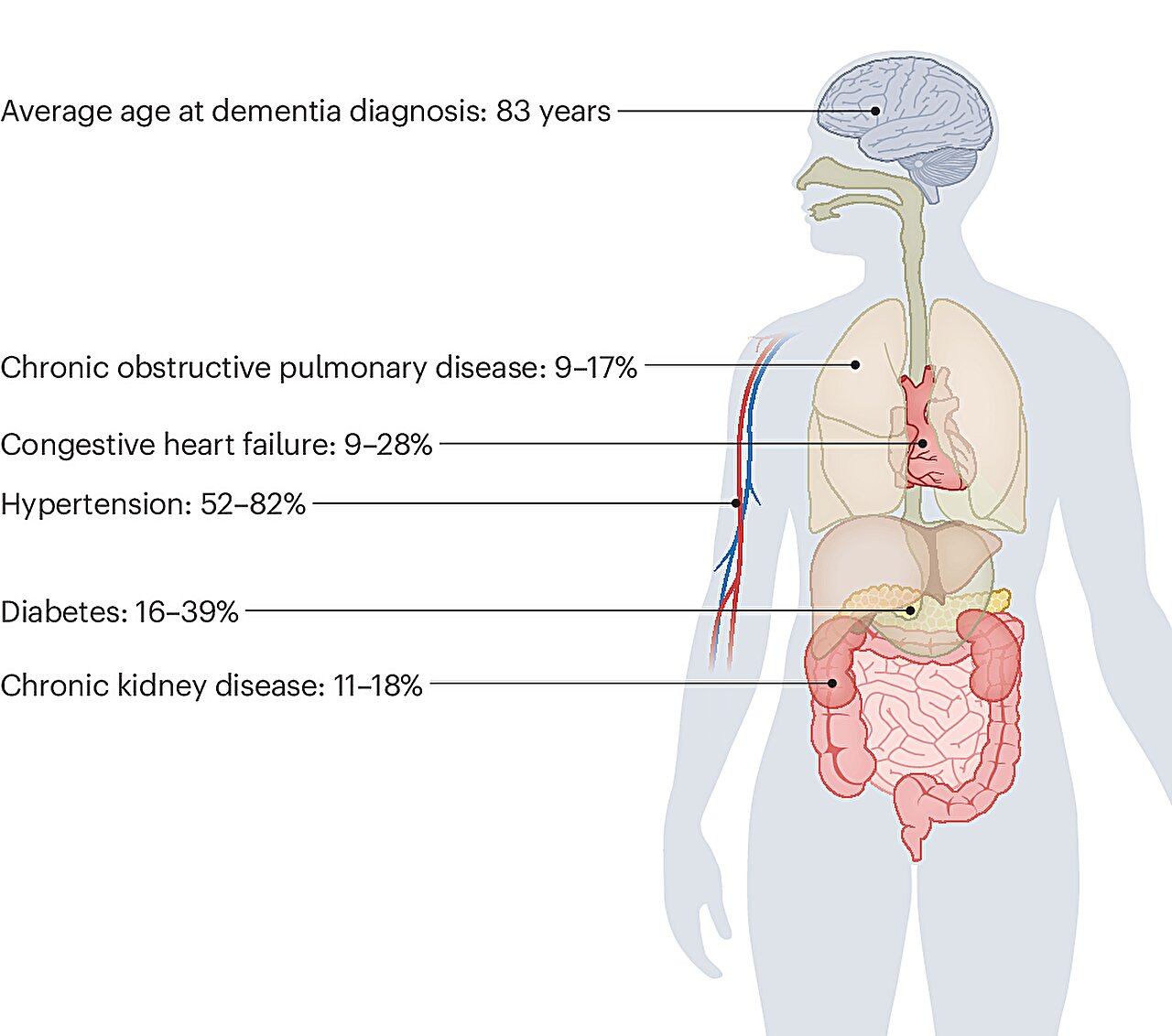
Paradoxically, previous research has shown that despite its inherent health risks, cigarette smoking is linked with a reduced risk of Parkinson’s disease (PD). Until now, however, it was not clear how.
New research in lab models indicates that low doses of carbon monoxide—comparable to that experienced by smokers —protected against neurodegeneration and prevented the accumulation of a key PD-associated protein in the brain.
The findings are published in npj Parkinson’s Disease by investigators at Massachusetts General Hospital, a founding member of the Mass General Brigham Integrated Healthcare System.
“Because smoking has consistently been associated with a reduced risk of PD, we wondered whether factors in cigarette smoke may confer neuroprotection,” said senior author Stephen Gomperts, MD, Ph.D., an attending physician at Massachusetts General Hospital and an associate professor of Neurology at Harvard Medical School.
“We considered carbon monoxide in part because it is generated endogenously in response to stress and has been shown to have protective properties at low levels. Also, overexpression of heme oxygenase-1, a stress-induced enzyme that produces endogenous carbon monoxide, has been found to protect dopaminergic neurons from neurotoxicity in an animal model of PD.”
In addition, nicotine, a major constituent of cigarette smoke, has been found to be ineffective at slowing PD progression in a recently reported clinical trial.
These findings led Gomperts and his colleagues to test the effects of low doses of carbon monoxide in rodent models of PD.
They administered a low dose of carbon monoxide (comparable to the exposure experienced by people who smoke) in the form of an oral drug product provided by Hillhurst Biopharmaceuticals, and found it protected the rodents against hallmark features of PD, including the loss of dopaminergic neurons and the accumulation of the PD-associated protein alpha-synuclein in neurons.
Mechanistically, low-dose carbon monoxide activated signaling pathways that limit oxidative stress and degrade alpha-synuclein.
The team also found that heme oxygenase-1 was higher in the cerebrospinal fluid of people who smoke compared with nonsmokers. And in brain tissue samples from patients with PD, heme oxygenase-1 levels were higher in neurons that were free of alpha-synuclein pathology.
“These findings suggest that molecular pathways activated by low-dose carbon monoxide may slow the onset and limit the pathology in PD. They support further investigation into low-dose carbon monoxide and the pathways it modifies to slow disease progression in PD,” said Gomperts.
“Building on multiple Phase I and Phase II clinical studies in both healthy people and people with a variety of clinical conditions showing safety of carbon monoxide at the low doses studied here, a clinical trial of low-dose, orally administered carbon monoxide in patients with PD is planned.”
More information:
Neuroprotection of low dose carbon monoxide in Parkinson’s disease models commensurate with the reduced risk of Parkinson’s among smokers. npj Parkinson’s Disease. DOI: 10.1038/s41531-024-00763-6. www.nature.com/articles/s41531-024-00763-6
Citation:
Low-dose carbon monoxide may explain the paradoxical reduced risk of Parkinson’s disease among smokers (2024, August 23)
retrieved 21 September 2024
from https://medicalxpress.com/news/2024-08-dose-carbon-monoxide-paradoxical-parkinson.html
This document is subject to copyright. Apart from any fair dealing for the purpose of private study or research, no
part may be reproduced without the written permission. The content is provided for information purposes only.


